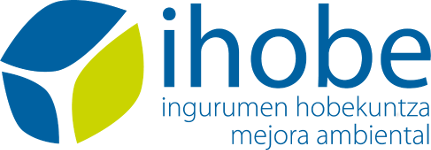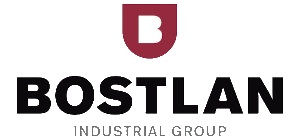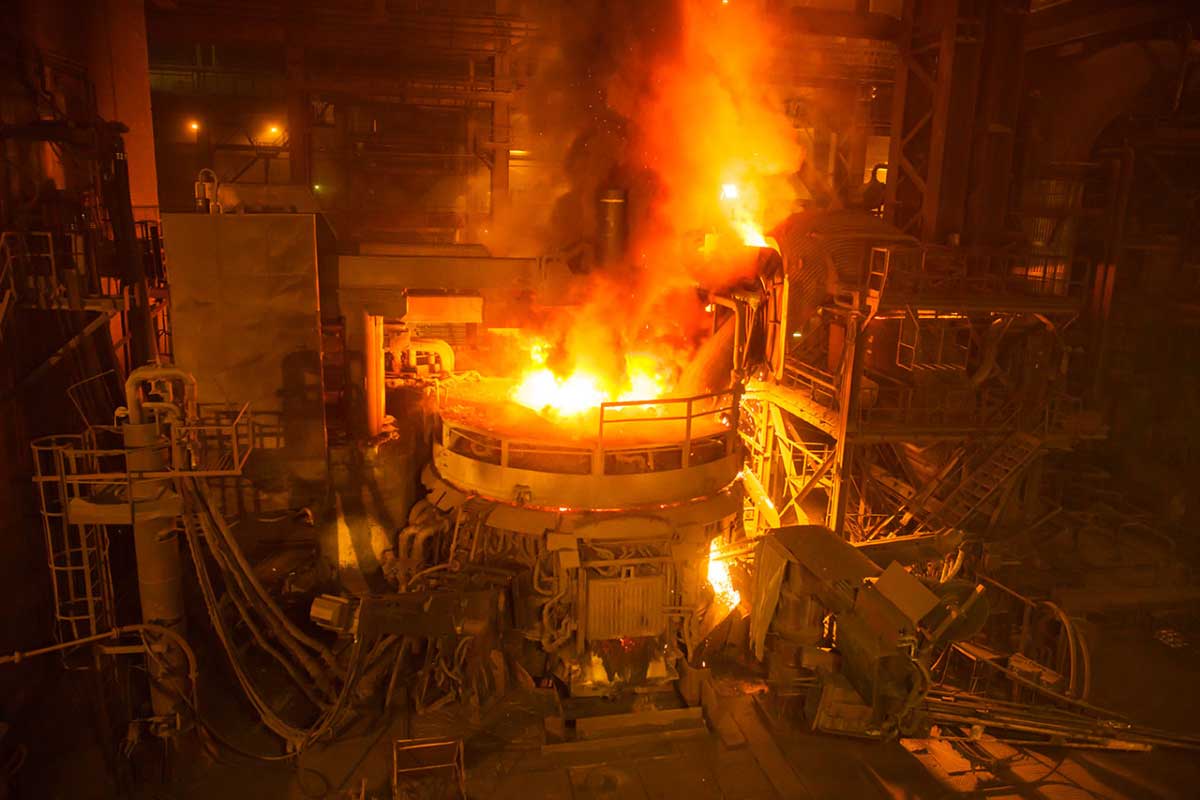OPTIMISATION OF THE PRODUCTION OF HIGH PURITY Zn COMPOUNDS FROM WASTE
Zinc oxide is the main inorganic chemical in the zinc family and approximately 8% of the world's zinc is used annually to produce it, amounting to 1,000,000 tonnes. It is produced mainly by pyrometallurgical methods (in furnaces that evaporate the zinc ingots) or by hydrometallurgical methods, using non-renewable resources as raw materials, mainly from mines located in South America and Australia. In addition to the impact and consumption of natural resources involved, they are electro-intensive methods that require an electrolysis stage to deoxidise the mineral and produce the metal, and a subsequent oxidation of that metal. This inefficient production route is due to processes designed simply for the production of the metal, which is the main market for zinc (60% zinc metal vs 8% zinc oxide).
According to data from the European Green Deal, global annual extraction of materials tripled between 1970 and 2017 and continues to grow. Approximately half of total greenhouse gas (GHG) emissions and more than 90% of biodiversity loss and water stress are due to resource extraction and the processing of materials, fuels and food. Only 12% of the materials used by industry come from recycling. Energy-intensive industries are vital to the EU economy as they supply several key value chains. It is crucial to decarbonise and modernise this sector. The Basque Waste Prevention and Management Plan 2030 is committed to better management of metal waste as it reduces dependence on imports of these metals in the Basque Country, producing significant savings in the purchase of raw materials, employment and added value in their recycling.









 Project website
Project website